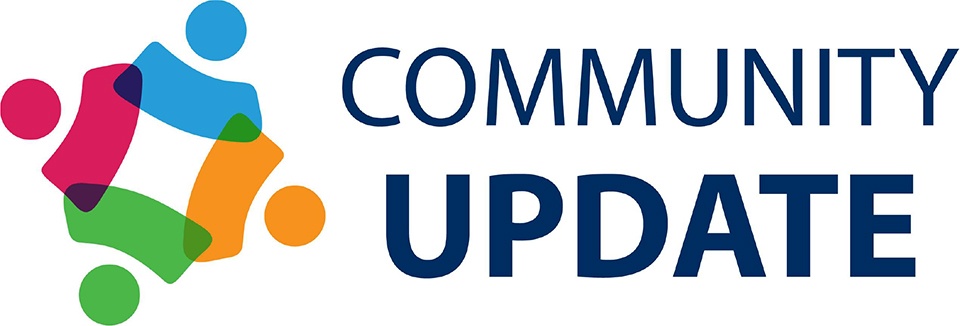Affordable Care Act signup begins Nov. 1. This is what you need to know about NJ Obamacare

This story is being republished under a special NJ News Commons content-sharing agreement related to COVID-19 coverage. Link to story: northjersey.com/story/news/health/2022/10/27/affordable-care-act-what-you-need-to-know-about-nj-obamacare/69592294007/
Key points:
• New Jersey customers have a new insurer to choose from for health care this coming year.
• Rising inflation has driven up premiums that customers must pay.
• New federal subsidies are designed to cut down on that cost.
New Jerseyans shopping for health insurance through the state’s Affordable Care Act marketplace will see more choices, higher premiums and expanded subsidies to help pay for policies.
With open enrollment beginning Nov. 1, health experts said consumers should take advantage of the chance to comparison shop in the program commonly nicknamed Obamacare.
“Really think about is your current plan meeting your needs and the needs of your family in terms of the deductible and the amount of health care that you are needing,” said Jason Resendez, a board member for the Washington, D.C.-based advocacy group, Consumers For Quality Care.
New Jersey’s Affordable Care Act market, called Get Covered NJ, covers about 300,000 residents. It offers policies for consumers who don’t get insurance through Medicare, Medicaid or their employer.
This year’s sign-up comes as the nation’s $4 trillion health care industry tries to rebound from a devastating pandemic and is under pressure both to address a labor shortage and provide care more efficiently.
Three things to know:
1. More options: Open enrollment for Get Covered NJ runs from Nov. 1 until Jan. 31, but consumers who would like coverage at the beginning of 2023 should buy policies by Dec. 15.
Five insurers are offering policies on the individual market exchange, where consumers can apply for subsidies: AmeriHealth New Jersey; Horizon Blue Cross Blue Shield of New Jersey; Oscar; WellCare; and, new to the exchange this year, Aetna. Oxford also offers individual plans, but only off the exchange.
Consumers can’t be turned down for having pre-existing conditions, and policies sold on the exchange are required to include 10 services, called essential benefits, such as hospitalization; preventive treatment such as wellness visits, colonoscopies and mammograms; behavioral health care; and prescription drugs.
Consumers can browse their options at nj.gov/getcoverednj.
2. Higher premiums: The Affordable Care Act took effect in 2010 in a bid to bring runaway health care costs in line with overall inflation.
For much of the decade, health expenses remained between 17 and 18 percent of the nation’s economy. During the pandemic in 2020, they jumped to 19.7 percent, according to federal statistics.
The problem this year? Overall inflation is at a 40-year high.
Carriers’ selling policies on the individual exchange said their premiums—the monthly price consumers pay for their policies—will increase on average 8.8 percent.
Other New Jerseyans are seeing their health insurance premiums soar, too. Policies on the exchange for small businesses are rising on average 9.3 percent.. The cost of coverage for government and school employees will rise by at least 15 percent.
Consumers have taken steps to use less expensive services. Emergency room visits, for example, are on pace to finish 2022 more than 20 percent lower than the pre-pandemic year of 2019, state figures show, as urgent care centers and telemedicine have become more prominent.
Nonetheless, prices are rising. Among the reasons, experts said:
• Health providers have increased prices to cover their own higher costs.
• Consumers are receiving care that they might have put off during the peak of the pandemic.
Some consumers who were covered by an expansion of Medicaid during COVID-19 could be forced to return to the commercial market when the pandemic emergency ends.
• Consumers might have to pay for COVID-19 services that the government previously covered.
It isn’t clear if the premium hikes for 2023 are a temporary reaction to the pandemic. But some experts say New Jersey lawmakers, health providers and insurers need to take more aggressive steps to rein in costs.
“There’s a lot of good that has come over the past 10 years,” said Linda Schwimmer, president and chief executive officer of the New Jersey Health Care Quality Institute, an advocacy group. “Employers and some people more aware of, ‘Yeah, I really shouldn’t go to the emergency room’ and ‘Yeah, it’s really good to have a primary care provider “
But “we haven’t really … addressed the pricing issue and the cost issue,” she said.
3. Expanded subsidies: The sting of higher premiums should be eased by state and federal subsidies.
The tax breaks originally were limited to consumers making no more than four times the federal poverty level —$52,000 for a single person and $106,000 for a family of four. But Congress expanded subsidies through the American Rescue Plan and the Inflation Reduction Act.
Now, all consumers are eligible for subsidies if premiums exceed 8.5% of their income.
The result: A 40-year-old Monmouth County resident with the average per capita income of $54,000 would be eligible for $173 a month in state and federal subsidies. That would lower their premiums to anywhere from $194.11 for an AmeriHealth New Jersey plan that has a $6,000 deductible to $761 a month for a Horizon plan that has a $950 deductible.
“Right now is definitely a challenging time as we see kind of mixed messages coming from the federal government in terms of where the pandemic is and what the expectations on insurers are,” Resendez said. “It puts the consumer in a really tough position to where that consumer has to really shop around and to really ask questions.”








